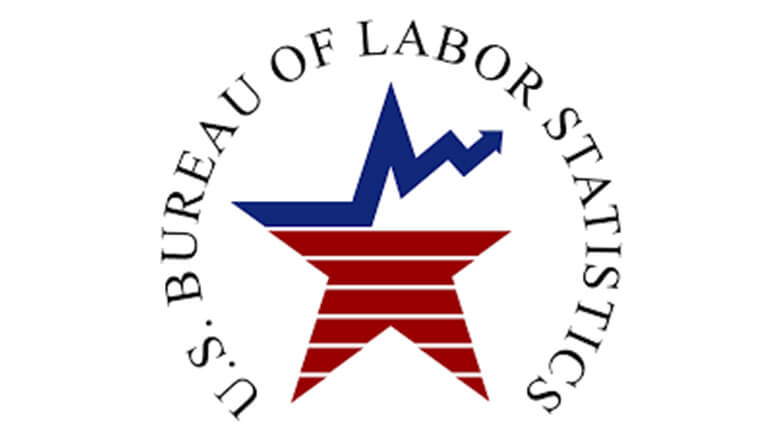
Union representation rates in the construction industry fell slightly in 2022, decreasing to 12.4%, with 1,076,000 of the 8,671,000 workers “represented” by unions, down from 13.6% in 2021 (1,112, 000 of the 8,157,000 employed). Among those 1,076,000 represented by unions, 1,019,000 were classified as union members, leaving some 57,000 (roughly 5%) of the remainder classified as represented by unions (covered by a collective bargaining agreement (CBA) but not reported as union members.
In 2021, 1,024,000 of the 1,112,000 represented by unions were classified as members, leaving some 88,000 (some 8%) classified as represented or covered by a CBA, but not counted as union members – as judged by responses to the BLS Current Population Survey questions that are the basis of the annual report. (Union Members – 2022, USDL-23-0071, January 19, 2023).
According to the BLS report, median weekly earnings among all full-time wage and salary workers in the construction industry came to $1,007 in 2022, up from $966 the year before. In 2022, union members were credited with $1,319 per week, as compared with $1,306 for those non-members covered by a labor contract, and $976 per week for non-union workers. In 2021, the amounts were: $966 for all workers; $1,344 for union members; $1,322 for non-members covered by a CBA; and $922 for non-union workers.
MCAA Note – The differential between union membership and union representation rates may reflect the impact and change in right-to-work laws in any state. BLS data on union membership rates over the years is available on a state-by-state basis on the BLS website. The state data reflects total union membership rates and is not broken down by public or private sectors or by industry.



